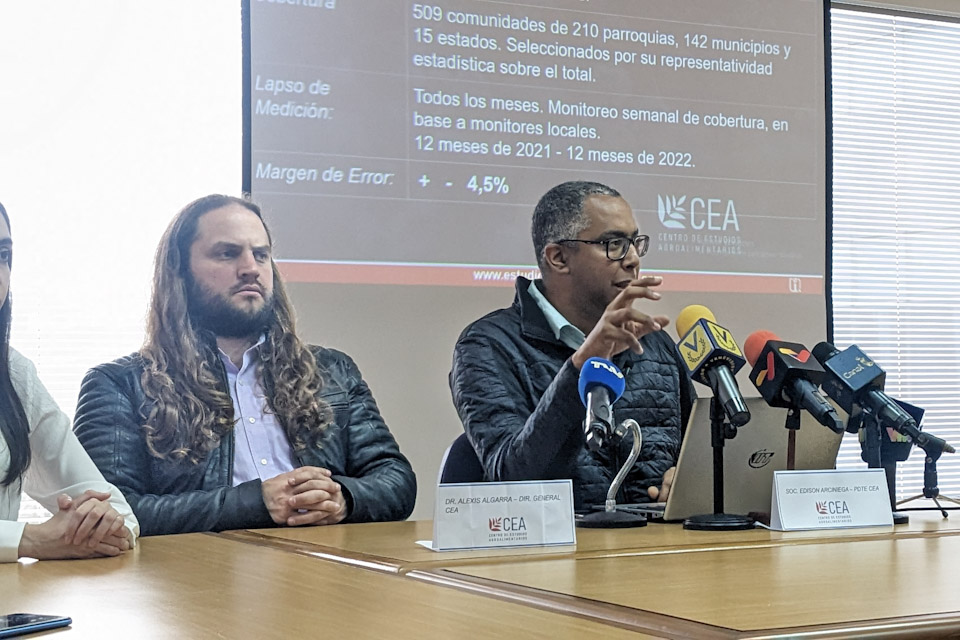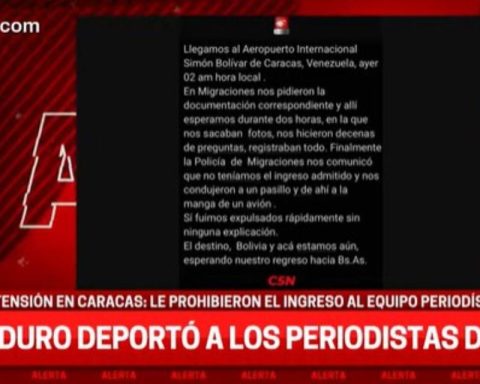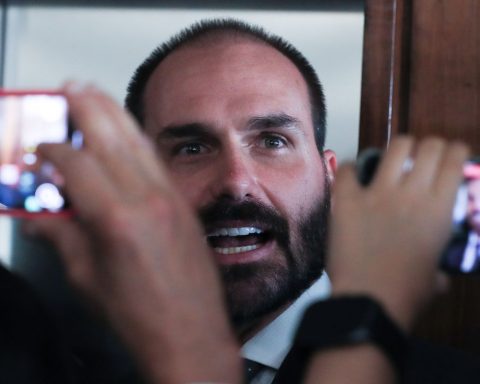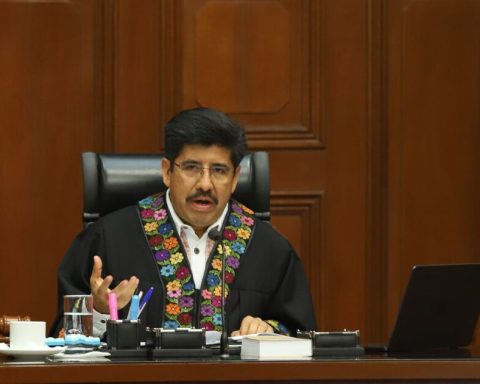According to a report presented by Edison Arciniega, president of the Center for Agrifood Studies, Venezuela registered an improvement in terms of per capita food consumption by families in 2021 and 2022, although it continues below the international standard. However, the expert warned that since October last year there has been a decline in the indicator due to “the reactivation of inflationary trends” and the deterioration of the purchasing power of families.
Per capita food consumption in Venezuela remains below international standards, despite the fact that between 2021 and 2022 there was a significant recovery. Social inequality “opaques” the improvement that the indicators had in the last 24 months, he asserted Edison Arciniegapresident of the Center for Agrifood Studies (CEA), an organization dedicated to monitoring food security and sovereignty.
During the presentation of the Special Report on Food Provision 2021-2023, Arciniega reported that in 2021 a food consumption of 301.89 Kg per person was registered, while in 2022 it rose to 361.94 Kg per capita.
He explained that in Venezuela the annual consumption should be 440 kg per person. For the expert in agri-food matters, the country is better than in 2017, when per capita consumption was around 200 kg, but it is still very bad compared to 2012, when it remained at the standard.
In a press conference, held on Tuesday, February 28, Arciniega assured that the deterioration of the purchasing power of citizens is evident in the trend of consumption of foods with high caloric yield and less protein. “Food is not distributed equally among all Venezuelans,” he stressed.
Arciniega warned that despite the growth in consumption registered in 2022, as of October a drop of 1.8 kg of consumption per month was reported in the diet of a citizen, due to the “reactivation of inflationary trends.” He said that the prospects for 2023 will depend on state policies regarding the relaunch of the productive and economic engine.
CLAP does not solve the food of the month
The study offered data regarding the food supply of the Local Supply and Production Committees (CLAP) and food availability in the country.
Despite affirming that “CLAP is a public policy with a perspective of permanence,” he acknowledged that the benefit is not received by the majority of Venezuelans. He pointed out that “in global terms” the distribution of the benefit has remained above 40% of households.
The also specialist in food safety, pointed out that in the last two years there has never been a wait of more than 60 days for CLAP food in the evaluated communities. However, he noted that the average number of kilograms per family is never more than 9.10 kg per combo and never less than 7.6 kg per combo, which is still not enough for a family’s nutritional needs.
In the case of protein distribution, he compared that while CLAP supplied 139,000 tons of food in the first half of 2021, protein combos only supplied 11,887 tons. He specified that these combos reach a certain sector of the population, generally civil servants of the public administration.
“Venezuela’s food requirements per month is close to one million metric tons of food, and CLAP distributed 139,000 tons in one semester. It does not make a difference in terms of the requirements of Venezuelans,” he said.
He revealed that in terms of food provision they registered a significant bump in January 2022 that meant “a slight moderation or stagnation of trends” throughout this year. He highlighted that the blocks with the highest consumption were cereals, followed by roots, tubers and starches. He also reported a considerable recovery in tropical fruits, as well as in meat consumption.
He attributed to the last year two trends that, in his opinion, are very important: a greater weight of the market compared to CLAP, which remained in volume but lost proportional weight; and the increase in chicken consumption, estimated at 721 thousand metric tons.
According to the expert, 96% of what Venezuelans eat they buy themselves, while the rest is bought by the State.
Arciniega’s assertion coincides with the results of the latest Living Conditions Survey (Encovi) prepared by the Andrés Bello Catholic University (UCAB), whose results showed that the Government reduces social benefits “a la quiet.”
According to Encovi, the beneficiaries of the CLAP boxes receive a basket of products where the frequency of each delivery varies greatly. Only 35% receive it monthly, which would be the most appropriate.
Post Views: 443

















